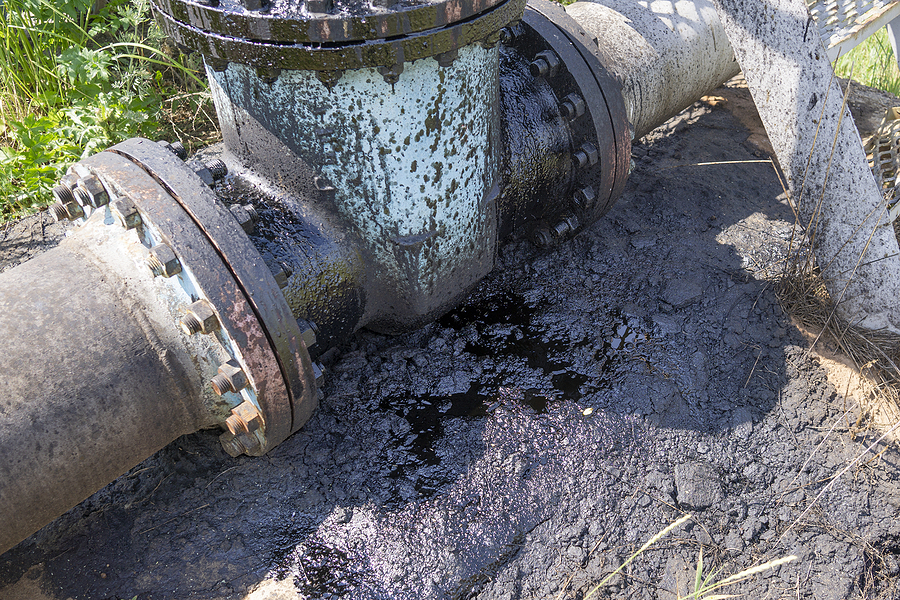
Introduction
Environmental remediation plays a crucial role in reversing the damage caused by pollution and restoring ecosystems to a healthier state. Whether it’s contaminated soil from industrial activities, polluted waterways from chemical spills, or degraded landscapes from improper waste disposal, remediation techniques are essential for safeguarding human health and biodiversity. In this blog post, we’ll delve into what environmental remediation entails, its methods, challenges, and the importance of these efforts in building a sustainable future.
What is Environmental Remediation?
Environmental remediation refers to the process of cleaning up polluted sites to eliminate or mitigate environmental hazards, ensuring they no longer pose risks to human health or the ecosystem. It involves a range of scientific, engineering, and regulatory activities aimed at restoring contaminated areas to their natural or intended state.
Importance of Environmental Remediation
The significance of environmental remediation cannot be overstated:
Methods of Environmental Remediation
Environmental remediation employs various techniques tailored to specific contaminants and site conditions:
Challenges in Environmental Remediation
Remediation projects face several challenges:
Case Studies and Success Stories
Real-world examples illustrate the effectiveness of remediation techniques:
Conclusion
Environmental remediation is not just about cleaning up polluted sites; it’s about safeguarding our health, restoring ecosystems, and fostering sustainable development. As we confront environmental challenges in the 21st century, remediation efforts are critical for mitigating the impacts of past and ongoing pollution. By understanding the methods, challenges, and importance of environmental remediation, we can all contribute to creating a healthier planet for current and future generations.
Take Action
Learn more about environmental issues in your community and support initiatives that promote pollution prevention and remediation. Together, we can make a difference in restoring the health and resilience of our planet.
Additional Resources
CERT offers Remediation services – Call our Emergency Response Line 24/7 – 877-505-6799
For further reading and resources on environmental remediation techniques, case studies, and regulatory information, visit: